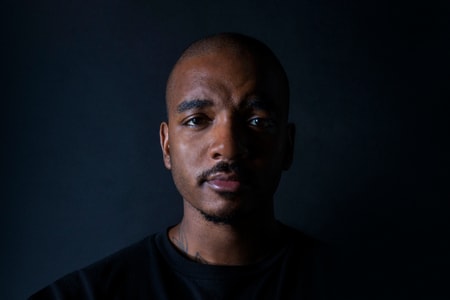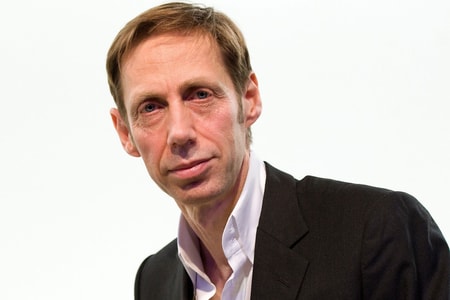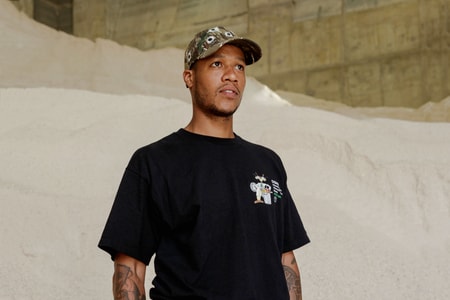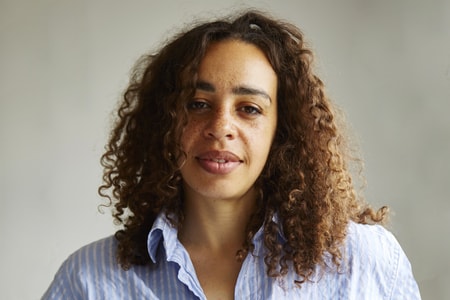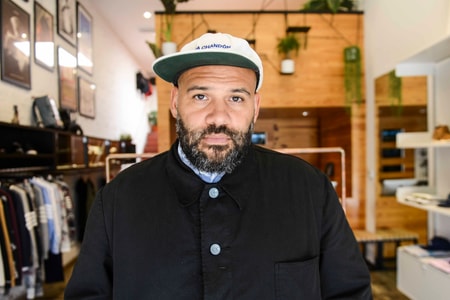
Since the founding of KM20, what have been the biggest challenges you’ve faced? What have been your biggest learnings?
It was quite challenging overall when we opened the store in 2009. The project was totally new; the team was bold and brave but had no retail experience whatsoever. It was a huge challenge persuading brands to work with us, because the only thing we had to show them was a short presentation of how we conceptualized the store. The designers were a bit hesitant, understandably.
We managed to assemble one of the most fantastic brand lists for the first time in Russia back in 2009. Brands like Margiela, Chalayan, Raf Simons, etc. didn’t just agree to work with us, but also agreed to do special installations and archive exhibitions. We were the first store to show and sell Margiela Artisanal outside of their own stores that year as well.
It’s challenging to always stay current and ahead of the times and not live in the past. The brand list has changed dramatically since the store opened and it was the most cutting-edge list at every stage. Now, I’m very proud to see that pretty much every brand is open to working with us.
Can you describe the fashion scene in Moscow before setting up shop? How have things changed since then?
Before KM20 opened, the market was concentrated solely on well-established luxury brands which focused on things like “grown-up” fashion and logo mania—it was all very stiff. The market existed only for wealthy people, and the only alternatives people had were street markets and shopping centers in the suburbs full of cheap, fake products. KM20 has managed—as it was one of our main goals from the beginning—to raise a whole new generation: cool kids who consider us the mecca and measuring point for everything. Fashion, culture, music and parties, all connected.
We’ve always aimed to be the first to bring the hottest designers to the market and introduce new names to our clients in Russia. I’d say we’ve proved ourselves as the industry’s quality mark for fashion and gained this incredible loyalty from our clients. If we buy anything, it means it’s the ultimate fashion product—be it a hyped brand or a new, unknown designer.
What do you think about the current state of the menswear industry and what issues does it face?
I can see tremendous growth happening over the past few seasons. It’s even obvious by the amount of days we spend buying menswear versus womenswear and by the amount of brands we’re working with. Before, it was mostly about women—whether it’s the brands, the clients, or the budget. Now the balance is changing.
On top of that, fashion isn’t as gendered in the strict, categorical sense that it had before. Our female clients have been shopping from brands that were traditionally menswear for a few seasons now. I don’t divide the store by gender, I always present the pieces I like from menswear collections together with womenswear. I always add smaller sizes for almost every menswear piece for our female clients.
Even the men’s fashion weeks are becoming more interesting—there are more events and launches happening, more parties, more collaborations. Everything that an industry insider wants to see can happen at a single men’s PFW now.
There is this amazing wave of designers such as Gosha, Virgil, Heron and many more whose menswear collections are worn by girls all over the world. The same thing has always happened with Raf Simons. Do you remember that time when every cool woman would wear Raf’s clothes to his Dior show?
Maybe I’m wrong, but the only thing I see is growth and success. I’m excited to see what’s next.
Do you have any expectations for where the industry is heading?
Although our new store’s layout is still divided into categories such as sportswear, streetwear, high fashion and so on, this is not a system anymore. These conventional borders are becoming more blurred, like the whole class system. We live in the beginning of a new era—a streetwear era in fashion. This is quite a new language for all old-timers, and is a language they should learn if they haven’t done it yet. This language is all about humor, irony, and new ideas, which often come out of thin air. Still, it doesn’t mean streetwear can’t be luxe. True talent, creativity and craftsmanship are out there, be it streetwear or not.
What has been your highlight of 2017?
Moving to a much bigger space is my highlight of 2017. This is KM20’s latest evolution. The store we started back in 2009 has never been stronger. All the changes have been implemented in order to provide an exclusive shopping experience to each customer, and to show every brand’s DNA in the best way possible. So now we have this feeling, this energy, that anything could happen.
We’ve managed to create 14 of the coolest collaborations for the new opening with brands including Vetements, Off-White, Gosha Rubchinskiy, Heron Preston, ALYX and many more.
This is something we’ve worked really hard for, and all our efforts seem to be paying off now.
What are your short- and long-term goals for your business, and personally?
Business-wise, I want KM20 to be the hottest retailer worldwide. So that every designer has KM20 in mind when he thinks of who to work with. To grow our business, and to keep putting Moscow on the map as a city where important things can happen in the fashion industry.
World domination is a bad thing, right? But I would welcome something like that.
Personally, I would really want to stay alert, to stay in the present, and always be up to current and future changes. To be the best version of myself—and also to become a more-or-less decent ballet dancer in my free time.





